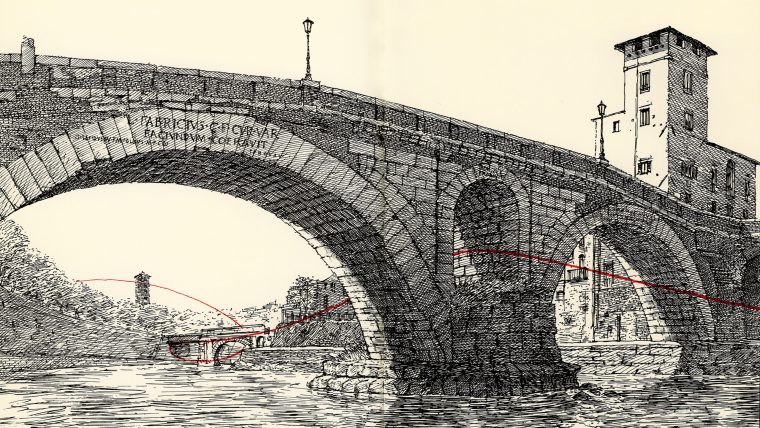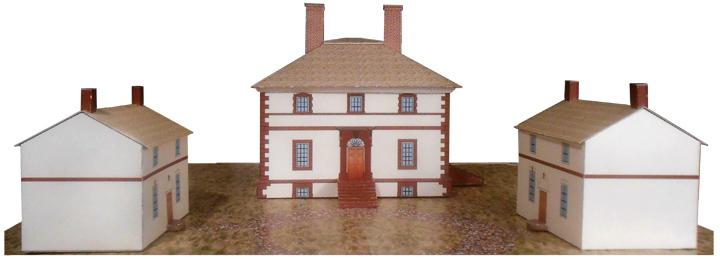Visiting China frequently since 1997, photographer Hans-Georg Esch has witnessed en passant the country’s unprecedented and fast-paced development. International architecture firm Kohn Pedersen Fox Associates (KPF) recently announced the inaugural exhibition of his “Cities Unknown” series of photographs at its new gallery space in central London. A + A recently interview Esch about the exhibition, via email:
How long have you been a photographer? How did you get started?
After school I began to do an apprenticeship as photographer and in 1988, I started to work as photographer – first I worked in architecture related industries like glass manufacturers. Then architects took notice of my work, and I was working more and more for architects.
Why architectural photography?
Actually I always was interested in buildings. After my apprenticeship, I worked as an assistant to a fashion photographer, to check out another field of photography. But after three months I quit. I thought that architecture was more in my interest.
What is the intent of your work?
When documenting architecture, I am interested in the entire building; in pure aesthetic terms, however, I am also attracted by isolated forms and structures.
I show views of buildings, urban coherencies and contexts, which describe and locate the architecture to be photographed. Beyond that, I also go into the architecture, look for plays of forms, details and views, which are only revealed once they are scrutinized closely. In my book “City and Structure” I have already contrasted these two ways of looking
In addition to my commissioned works I started to establish an oeuvre of free works, in which I concentrate upon cityscapes, boom cities and city architecture.
As an architecture photographer I am fascinated by buildings, structure and density. Whereas I normally wait for the right weather and the proper position of the sun, my main intent in my free works such as “Cities Unknown” is to capture the immediate moment so as to record an authentic situation.
The inspiration for your work?
Actually my commissioned works are inspiring me a lot! Those jobs get me around the world and I am able to experience different countries and cultures.
In my free works I like to reflect on these impressions.
The challenges inherent in your work?
Consequently, my photography contributes to the social perception of architecture, because built architecture is spread and assessed through photography.
In the photographs one can read whether original architectural concepts stand the test of reality and prove successful. But eventually, my photographs can only depict, and are thus dependent on, the architecture to be photographed. This holds true for my commissioned works as well for my free works.
Why is this exhibition important?
I am very pleased to be able to show the series, “Cities Unknown“ at KPF Gallery in London. The show documents the close relationship of my commissioned works and my free works. I am very happy that my clients are very supportive and as well appreciate my artistic approach.
What does it say about the staging of ambition and power in China?
It becomes clear that China is in the midst of an enormous process that is reflected in its architecture, and which can thus be seen as a seismograph of the whole country. Wuhan, for instance, will certainly be completely transformed into a modern boom city over the next few years.
“Cities Unknown” presents photographs of nineteen major Chinese cities in a loose sequence. The photographs have no desire to judge—they want, instead, to show. The pictures are documentations and tell us something about a huge country, whose size is also expressed in its cities.
The photographs represent the present state of the country: China looks like the photographs of “Cities Unknown” today, and it is predictable that, in a few years, photographs of the Chinese metropolises will show completely different images. These are the circumstances that lend a relevant and highly topical aspect to the work of “Cities Unknown.”
For more on “Cities Unknown,” go to http://andrewprokos.com/photos/washington-dc/museums/national-building-museum-interior/
[slideshow id=582]


